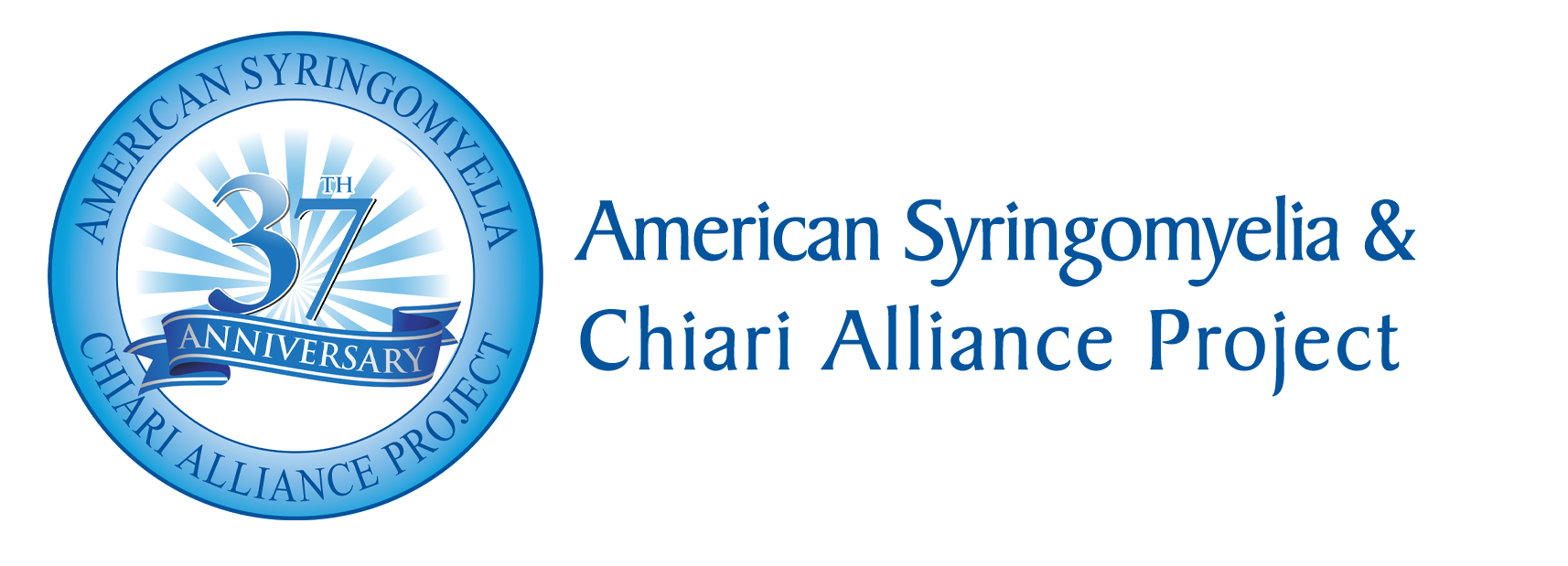The spinal fluid helps cushion the brain from injury. The space around the surface of the brain and within the spinal canal that contains spinal fluid is called the subarachnoid space. Partial membranes of a thin veil-like material called the arachnoid divide the subarachnoid space, much like the baffles in some waterbeds that limit large wave action. The resulting pockets are called cisterns. An important subarachnoid cistern, the cisterna magna, is located at the bottom of the skull. (The word magna, which means great or large in Latin, serves to remind us that it is the largest cistern in intracranial space.) The cisterna magna is important because most of the spinal fluid flowing from the ventricles drains into it on its way to the spinal canal and over the surface of the brain. Crowding of the cisterna magna, such as in the Chiari I malformation, can block the normal flow of spinal fluid.
As noted above, the posterior fossa contains three important neurological components: the brain stem, cranial nerves, and cerebellum. The brain stem, a very vital area of the brain, contains the nerve centers (nuclei) that control eye movements, feeling and movement of the face, hearing, swallowing, shrugging the shoulders, and movement of the tongue. From these nuclei run the cranial nerves that travel through small foramina (openings) at the bottom of the skull to and from their area of activity. The brainstem also has nerve centers that controls heart and breathing functions. The cerebellum, attached to the back of the brainstem, regulates coordination and fluidity of movement.
Disorders of the cerebellum can include unsteady gait, balance problems, and difficulty with fine motor tasks. Like the cerebrum, the cerebellum is divided into two hemispheres. At the bottom of each cerebellar hemisphere is the tonsil. These tonsils are different from those located in the throat.
 Figure 2 shows a side view of a normal posterior fossa. The triangular shaped bone in front of the brain stem is called the clivus. The skull bone behind the cerebellum is called the supraocciput. The tent like structure above the cerebellum is the tentorium. We can also see the foramen of Magendi, one of the three outlets from the fourth ventricle located just in front of the tonsil, and the cisterna magna. If we draw a line starting at the lower end of the clivus to the lower end of the supraoccitput bone (dots on the figure), we are outlining the large opening at the bottom of the skull called the foramen magnum. We can also see that the brain stem becomes the spinal cord at about the level of the foramen magnum. Within the spinal cord run nerve fibers that control movement of the arms, trunk, legs and bowel and bladder function. Nerves for feeling from the body run up the spinal cord. The upper bones (vertebrae) of the spine can also be seen. The upper most is called cervical one, or C1 for short, and the second one called cervical two (C2) .
Figure 2 shows a side view of a normal posterior fossa. The triangular shaped bone in front of the brain stem is called the clivus. The skull bone behind the cerebellum is called the supraocciput. The tent like structure above the cerebellum is the tentorium. We can also see the foramen of Magendi, one of the three outlets from the fourth ventricle located just in front of the tonsil, and the cisterna magna. If we draw a line starting at the lower end of the clivus to the lower end of the supraoccitput bone (dots on the figure), we are outlining the large opening at the bottom of the skull called the foramen magnum. We can also see that the brain stem becomes the spinal cord at about the level of the foramen magnum. Within the spinal cord run nerve fibers that control movement of the arms, trunk, legs and bowel and bladder function. Nerves for feeling from the body run up the spinal cord. The upper bones (vertebrae) of the spine can also be seen. The upper most is called cervical one, or C1 for short, and the second one called cervical two (C2) .
 Figure 3 shows the area of the foramen magnum from behind. The cerebellar tonsils at the lower part of each cerebellar hemispheres can be seen. Also visible is the lower end of the brain stem and the spinal cord. Small nerves enter and leave the surface of the spinal cord. The large arteries seen running through the C1 and C2 vertebrae, called the vertebral arteries, deliver blood to the brain stem and cerebellum, and to a portion of the cerebral hemispheres. An important branch of each vertebral artery can be seen as small loops just below each tonsil. These are called the posterior inferior cerebellar arteries, called PICA for short.
Figure 3 shows the area of the foramen magnum from behind. The cerebellar tonsils at the lower part of each cerebellar hemispheres can be seen. Also visible is the lower end of the brain stem and the spinal cord. Small nerves enter and leave the surface of the spinal cord. The large arteries seen running through the C1 and C2 vertebrae, called the vertebral arteries, deliver blood to the brain stem and cerebellum, and to a portion of the cerebral hemispheres. An important branch of each vertebral artery can be seen as small loops just below each tonsil. These are called the posterior inferior cerebellar arteries, called PICA for short.

